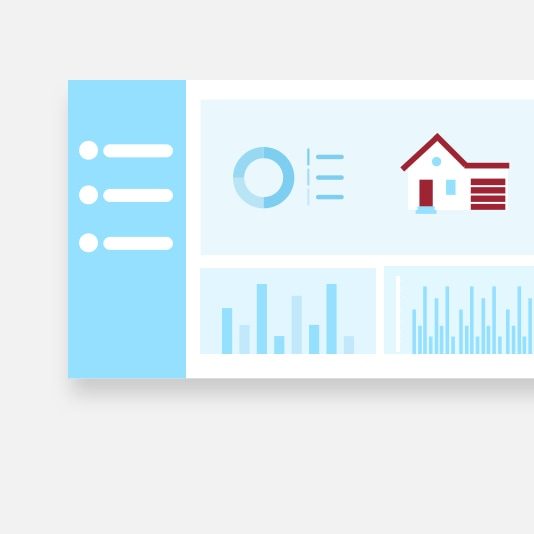Delivering Human-Driven, Tech-Enabled Property Valuations
We’re a residential real estate valuation company providing intelligent home valuation services with the best people, partners and tech-empowered processes.

valuation tech done right
Technology’s Impact on Property Valuations
Appraisals, valuations and other reports are performed by people, but the tools that enable these processes keep advancing. As the appraisal industry continues to evolve, it’s clear that property valuation companies also need to be technology companies.
Stewart Valuation Intelligence uses the latest technology to empower every aspect of its operations. Is your property valuation provider keeping up?
We Provide Solutions For:
Originators
Offering full Appraisal Management Company (AMC) services and an array of due diligence solutions
Home Equity
A suite of valuation options, including Intelligent Cascade,
to match product to risk
Servicers
Products to meet your needs based on function, risk policy and investor/regulatory guidelines
Capital Markets
Collateral valuation and due diligence to support loan pool purchase, sale and securitization
Delivering Property Valuation Intelligence
Our mission is to provide unparalleled knowledge and services to our clients, and we deliver by leveraging the best market data, human insights and data-driven processes.
Dedicated Support
You will be assigned a dedicated account manager and team, meaning the person who answers the phone will know you, your company and your needs.
Extensive Partner Network
SVI has more than 47,000 active appraisers, brokers and agents in its Partner Network — wherever there’s a home, we have a Partner.

Valuation Products





FEATURED PRODUCT
VALIDITY Pro
Discover the features and benefits of VALIDITY Pro, which is verified and approved to support Freddie Mac and Fannie Mae’s Property Data Collection Report needs using SVI’s extensive Broker/Agent Partner Network.
A Stewart Company
Stewart helps its clients strengthen efficiency, reduce loan cycle time, decrease costs and improve the customer experience. To that aim, Stewart has welcomed a number of new companies, and we are proud to be part of the Stewart family.
Ready to get started with our team of experts?
Get in touch with us today to speak to one of our real estate valuation experts and learn how SVI can help your organization succeed.